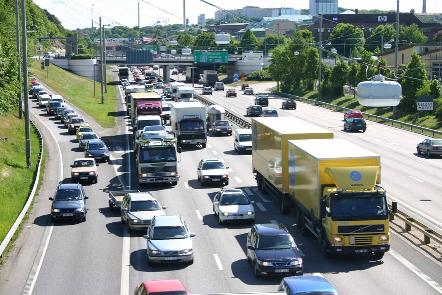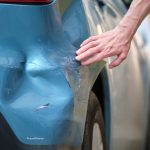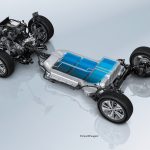Smart motorways increase carriageway capacity without going to the expense and disruption of building new carriageways.
There are various applications of the smart motorway concept. Loosely speaking, the hard shoulder opens to traffic either permanently or during rush hours and cameras monitor it. If it needs to be closed because of a broken-down car, lights on overhead gantries show drivers a red cross.
What percentage of the UK’s smart motorways are smart?
The government has invested billions of pounds in the smart motorway scheme. National Highways which looks after the motorway network says around 10% of our motorways are smart to one degree or another.
How many smart motorways are in the UK?
Currently 14 of the UK’s motorways have a smart element to them. There are 44 stretches of smart motorway. These include some of the M25, the M1, M3, M6 and M20.
Is the UK getting rid of smart motorways?
The government cancelled plans to convert any more of the UK’s motorway network into smart motorways in April 2023. It cites lack of public confidence and cost pressures. But existing smart motorways will continue to operate. The government is investing £900m in an effort to make them safter.
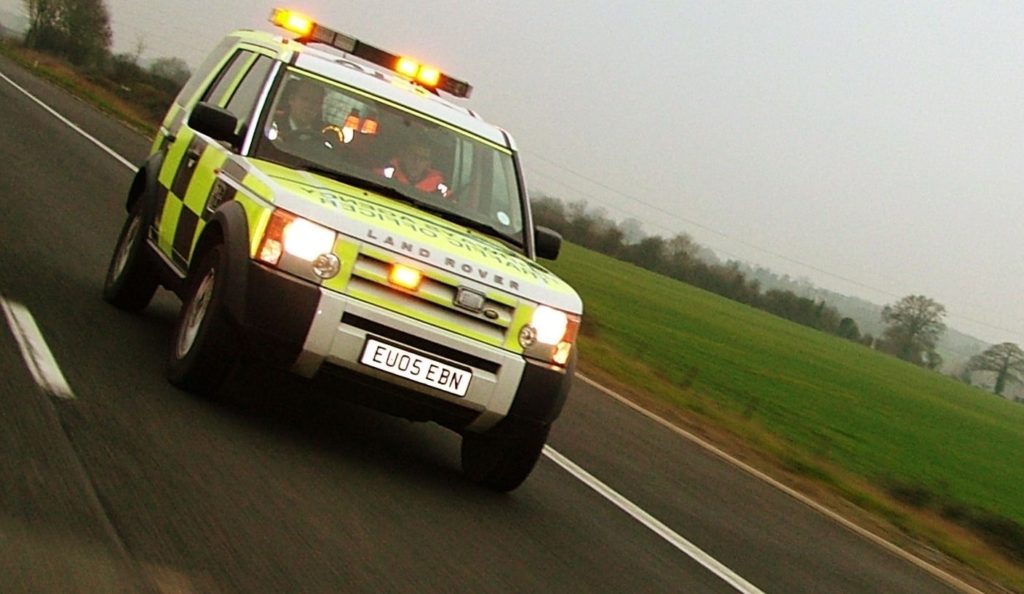
Why don’t smart motorways work?
There are many reasons why smart motorways don’t work and people don’t like them. Here are six:
- In a 2020 report, Panorama found that since the M25 section’s conversion to a ‘smart’ motorway, there were 1485 reported near misses. In the five years before it was a smart motorway, there were 72 near misses. That’s a 20-fold increase.
- The All Party Parliamentary Group for Roadside Rescue and Recovery (APPG) revealed that breakdowns in live lanes on all-lane running motorways occur nearly twice as often (38 per cent vs 20.43 per cent) as on normal motorways, increasing the risk of a collision.
- Originally, ‘smart’ motorways were to use technology that made them really smart. Radar was to detect broken-down cars. Highways England (now National Highways) promised this technology for the entire network in 2016. This tech currently only covers 25 miles of the 200-mile ‘smart’ motorway network. Highways England admits this tech would have saved lives if in place.
- Radar detection is fallible. Highways England admitted to MPs investigating ‘smart’ motorways that it fails to spot one in 10 breakdowns. Labour MP Lilian Greenwood said: “With this in mind, there are questions over whether ‘smart’ motorways will ever be safe.”
- Without radar detection, ‘smart’ motorways rely on operatives scanning CCTV screens. It can take them on average 17 minutes to spot a car stopped in a live lane. Control must deploy a traffic officer to recover a stranded car. It means the quickest way to get rescued from a ‘smart’ motorway is to call for help the moment you stop.
- When ‘smart’ motorways were originally tested, the emergency refuges were around 600m (just over a third of a mile) apart. By the time all-lane running had been introduced that had increased to 2.5km (1.5 miles).
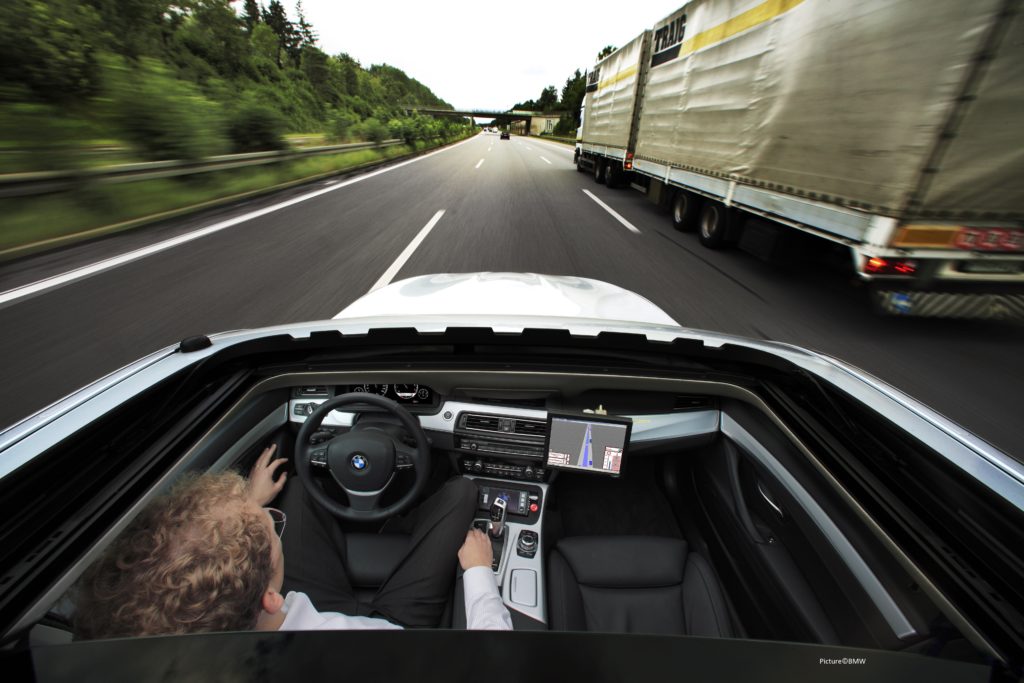
And here are six more reasons why they don’t work:
- 7. The AA and Green Flag will attend breakdowns in lane one of an all-lane running motorway but only if the lane has been closed with a physical barrier such as a traffic officer’s car or police vehicle. Green Flag will provide its own second ‘fend-off’ vehicle to protect the broken-down car. Neither service will attend breakdowns on ‘smart’ motorways in lanes other than one.
- 8. The head of the Police Federation, John Apter said of these motorways: “They are a death trap. The country, police and we have been completely misled about the technology. A poorer system has been introduced… despite the clear dangers that they present. Smart motorways are inherently dangerous.”
- 9. The AA discovered a National Highways log. This claimed breaking down in a live lane of a motorway (impossible not to do with all-lane running) can be three times more hazardous than if you stop on the hard shoulder (which is already considered dangerous).
- 10. Department for Transport figures show that in 2018 1 per cent fewer people died on the UK’s roads compared with the previous year. However, the number of people killed on motorways was up by 8 per cent. It’s impossible to say if ‘smart’ motorways are to blame but it wouldn’t be a surprise.
What happens if I break down on a smart motorway?
If you break down on a smart motorway, try to make it to a refuge. Blue signs with an orange SOS telephone symbol show these. If you can’t get to one of these, come to a stop in the left-hand lane if you can and put your hazard lights on. If it’s unsafe to get out of your car, stay in the vehicle with the seatbelt on and dial 999. Hopefully, National Highways will then close the lane. The control room will send a traffic officer or police to rescue you.
The best way to stay safe is to avoid breaking down altogether. If you think your car might be on the verge of a breakdown, leave the motorway as soon as you can.

I’ve been writing about cars and motoring for more than 25 years. My career started on a long-departed classic car weekly magazine called AutoClassic. I’ve since pitched up at Autosport, Auto Express, the News of the World, Sunday Times and most recently the Daily Telegraph. When I’m not writing about cars and motoring, I’m probably doing some kind of sport or working in my garden.

